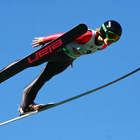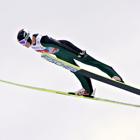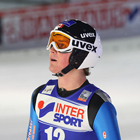Overview
Ski jumping is a winter Olympic Sport that is all about distance, how far you fly through the air. It’s not about height, and it’s not about acrobatics, its flight; using your body and skis to help generate lift as you travel through the air, just like an airplane.
Flight distances are measured and then converted to points via a formula. On any size hill, a jumper gets 60 points for landing at the calculation point or “K” Point and then points are added or subtracted on a per-meter basis for flights beyond or less than the “K” Point.
There’s also another element, a traditional part of the sport, and it involves judges, deducting points from a “perfect” score of 20 points for flaws in technique during flight and landing. There are five judges, with the high and low scores thrown out there are 60 points available for technique, often referred to as “style points”.
Today, FIS Ski Jumping World Cups are held on three types of hills, Olympics are contested on only the Normal and Large Hill.
Normal Hill – Flight distances of up to and over 110 metres.
Large Hill – Distances of over 145 metres can be obtained on the larger hills. Both individual and team competitions are run on these hills.
Ski-Flying Competitions – Part of the FIS World Cup Calendar, ski flying competitions regularly see distances over 200 metres. The Ski Flying World Record of 246.5 metres is held by Johan Remen Evensen, and was set in Vikersund, Norway in February 2011.
National Sport Organization:
Ski Jumping Canada
MISSION
- Produce the top ski jumping athletes in the world;
- Promote the Long Term Athlete Development for all athletes;
- Produce role models who will reach out to young Canadians;
- Promote ski jumping for men and women in Canada;
VISION
To inspire Canadians by winning medals, in turn inspiring young Canadians to pursue the sport of Ski Jumping.
For further information: www.skijumpingcanada.com





